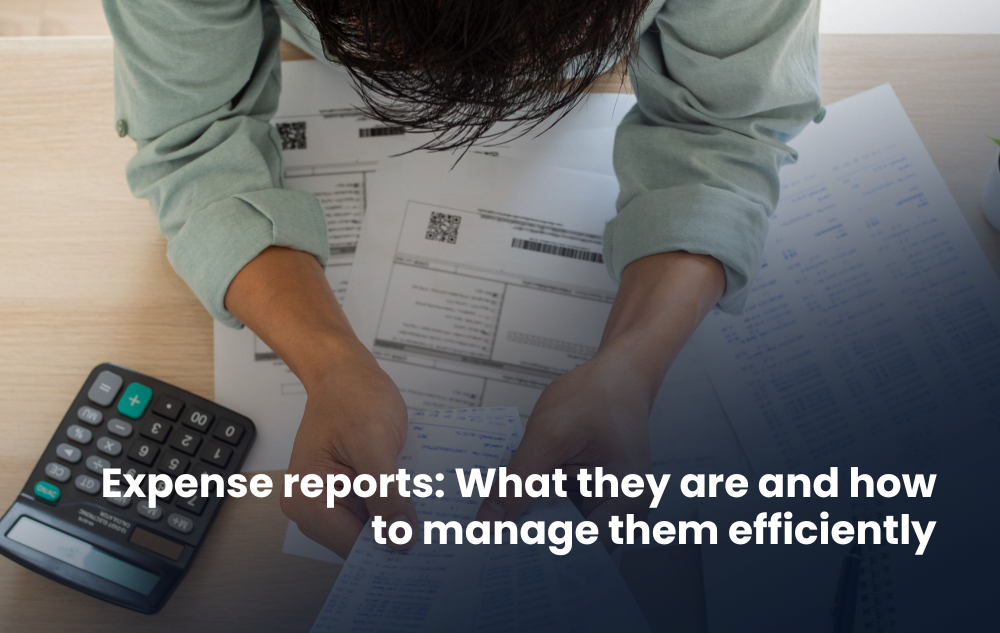Insights
Best practices and tips on spend management, automated expense tracking and corporate debit cards for Australian SMB and enterprise businesses.

Best practices and tips on spend management, automated expense tracking and corporate debit cards for Australian SMB and enterprise businesses.
